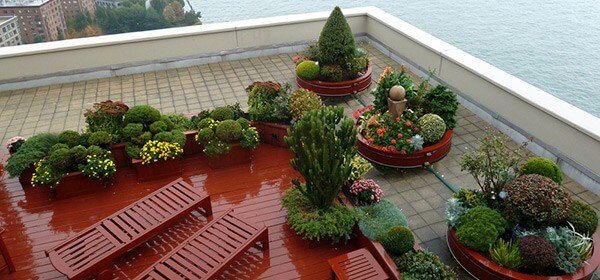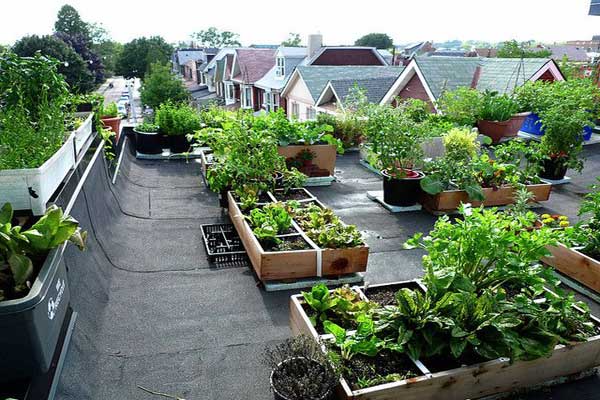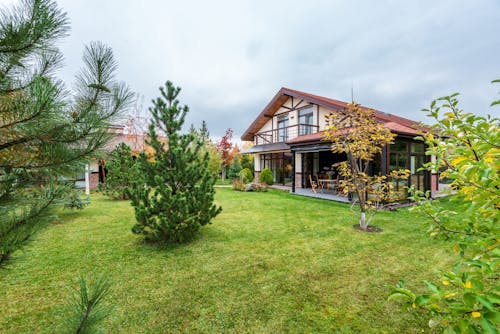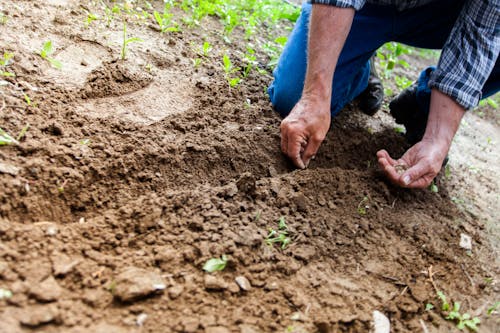How to Create an Urban Oasis: The Ultimate Guide to Building a Rooftop Garden
Introduction

Transforming your rooftop into a lush garden retreat is a dream for many urban dwellers. In this comprehensive guide, we’ll delve into the intricate details of building a rooftop garden, from structural considerations to plant selection and maintenance. Whether you’re a seasoned gardener or a novice enthusiast, this guide will equip you with the knowledge and inspiration to create your own verdant paradise high above the city streets.
Assessing Your Space
Structural Integrity
Before embarking on your rooftop gardening journey, it’s crucial to assess the structural integrity of your building. Consult with a qualified structural engineer to ensure that your rooftop can support the additional weight of soil, plants, and containers. Reinforcements may be necessary to prevent structural damage and ensure safety.
Sunlight Exposure
Sunlight is essential for the growth and health of plants. Evaluate the amount of sunlight your rooftop receives throughout the day to determine the suitability of different plant species. Opt for sun-loving plants if your rooftop is bathed in sunlight, or choose shade-tolerant varieties for shadier spots.
Wind Exposure
Rooftop gardens are often exposed to strong winds, which can impact plant growth and stability. Consider installing windbreaks such as trellises, fences, or tall plants to protect your garden from wind damage. Choose sturdy containers and anchor them securely to prevent them from toppling over in gusty conditions.
Access and Safety
Ensure that your rooftop garden is easily accessible and safe to navigate. Install sturdy railings, non-slip surfaces, and well-lit pathways to prevent accidents and facilitate maintenance tasks. Consider the weight-bearing capacity of access points such as staircases and elevators when transporting materials to your rooftop.
Designing Your Rooftop Garden
Container Gardening

Container gardening is ideal for rooftop spaces with limited soil depth. Choose lightweight, weather-resistant containers made from materials such as fiberglass, plastic, or cedar. Choose containers with appropriate drainage holes to avoid waterlogging and root rot.
Vertical Gardening
Maximize vertical space in your rooftop garden by incorporating trellises, hanging planters, and wall-mounted containers. Vertical gardening not only adds visual interest but also allows you to grow a greater variety of plants in a small footprint. Consider vining plants such as ivy, jasmine, or climbing roses to create a lush green backdrop.
Plant Selection
Selecting the right plants is crucial for the success of your rooftop garden. Choose varieties that are well-suited to the unique conditions of rooftop environments, including exposure to sunlight, wind, and temperature fluctuations. Drought-tolerant succulents, ornamental grasses, and native wildflowers are excellent choices for rooftop gardens.
Irrigation Systems
Ensure that your rooftop garden remains adequately hydrated with an efficient irrigation system. Drip irrigation, soaker hoses, or self-watering containers can help conserve water and deliver moisture directly to the root zone. Monitor soil moisture levels regularly and adjust your watering schedule as needed to prevent under- or over-watering.
Maintaining Your Rooftop Garden
Watering
Monitor soil moisture levels regularly and water your plants as needed, taking into account factors such as temperature, sunlight, and wind exposure. Water early in the morning or late in the evening to minimize evaporation and ensure efficient absorption by plant roots.
Pruning and Trimming
Keep your rooftop garden tidy and healthy by regularly pruning and trimming plants. Remove dead or damaged foliage to promote new growth and improve airflow within the garden. Prune back overgrown branches to maintain the desired shape and size of your plants.
Fertilizing
Provide your rooftop plants with essential nutrients by fertilizing them regularly during the growing season. Use a balanced fertilizer formulated for container gardens, and follow the manufacturer’s instructions for application rates and frequency. Avoid overfertilizing since it might cause nutritional imbalances and damage your plants.
Pest and Disease Control
Monitor your rooftop garden for signs of pests and diseases, such as aphids, mealybugs, or fungal infections. Remove affected plants promptly to prevent the spread of pests and diseases to healthy specimens. Consider using organic pest control methods such as insecticidal soap, neem oil, or companion planting to manage pest populations naturally.
Conclusion
In conclusion, building a rooftop garden is a rewarding endeavor that allows you to create a vibrant oasis in the heart of the city. By carefully assessing your space, designing thoughtfully, and maintaining it diligently, you can cultivate a thriving garden retreat that enhances the beauty and sustainability of your urban environment.
FAQs
- How much weight can a rooftop garden support? Rooftop gardens can vary in weight-bearing capacity depending on factors such as the structural integrity of the building and the type of construction. It’s essential to consult with a structural engineer to determine the maximum load your rooftop can support safely.
- Which plants are best for a rooftop garden? The best plants for a rooftop garden are those that are well-adapted to the unique conditions of rooftop environments, including exposure to sunlight, wind, and temperature fluctuations. Drought-tolerant succulents, ornamental grasses, and native wildflowers are popular choices for rooftop gardens due to their resilience and low maintenance requirements.
- How do you protect a rooftop garden from wind damage? To protect your rooftop garden from wind damage, consider installing windbreaks such as trellises, fences, or tall plants to create a barrier against strong gusts. Choose sturdy containers and anchor them securely to prevent them from toppling over in windy conditions.
- What is the best irrigation system for a rooftop garden? The best irrigation system for a rooftop garden depends on factors such as the size of the garden, the types of plants grown, and water availability. Drip irrigation, soaker hoses, or self-watering containers are popular options for rooftop gardens, as they deliver water directly to the root zone while minimizing water waste.
- How do you maintain a rooftop garden? To maintain a rooftop garden, regularly water plants, prune and trim as needed, fertilize during the growing season, and monitor for pests and diseases. Ensure that your garden is adequately supported structurally and protect it from wind damage by installing windbreaks and securing containers.
- Are rooftop gardens environmentally friendly? Yes, rooftop gardens offer numerous environmental benefits, including reducing urban heat island effects, improving air quality, and providing habitat for pollinators and wildlife. They also help to mitigate stormwater runoff and reduce energy consumption by insulating buildings and reducing the need for heating and cooling.



